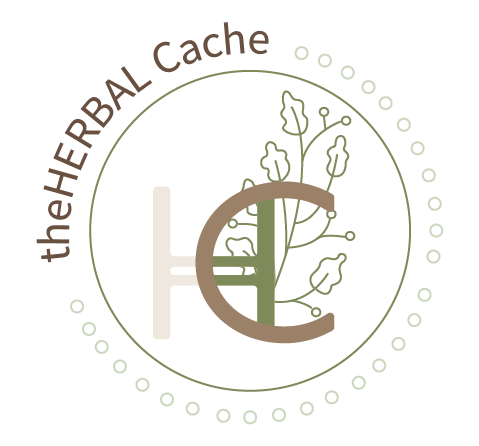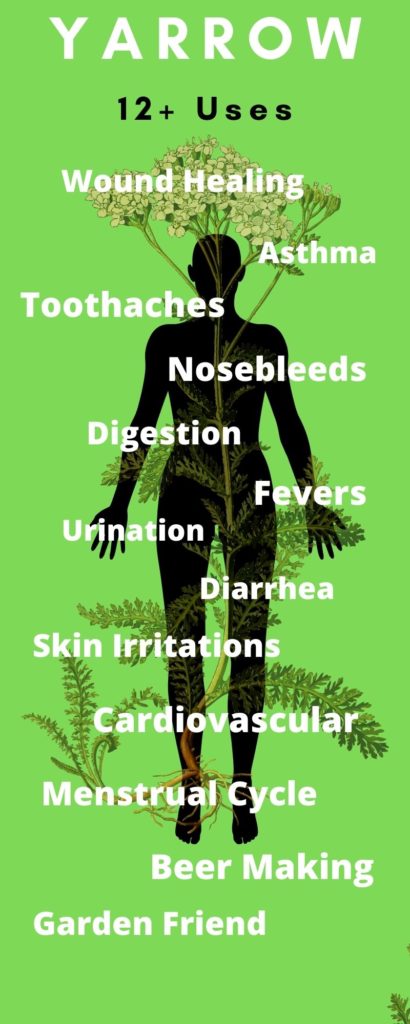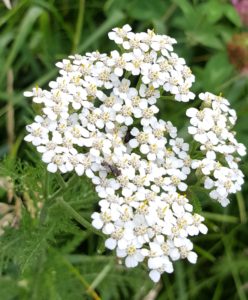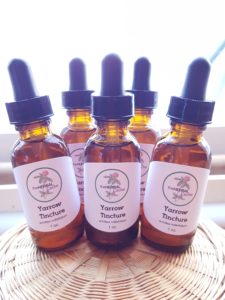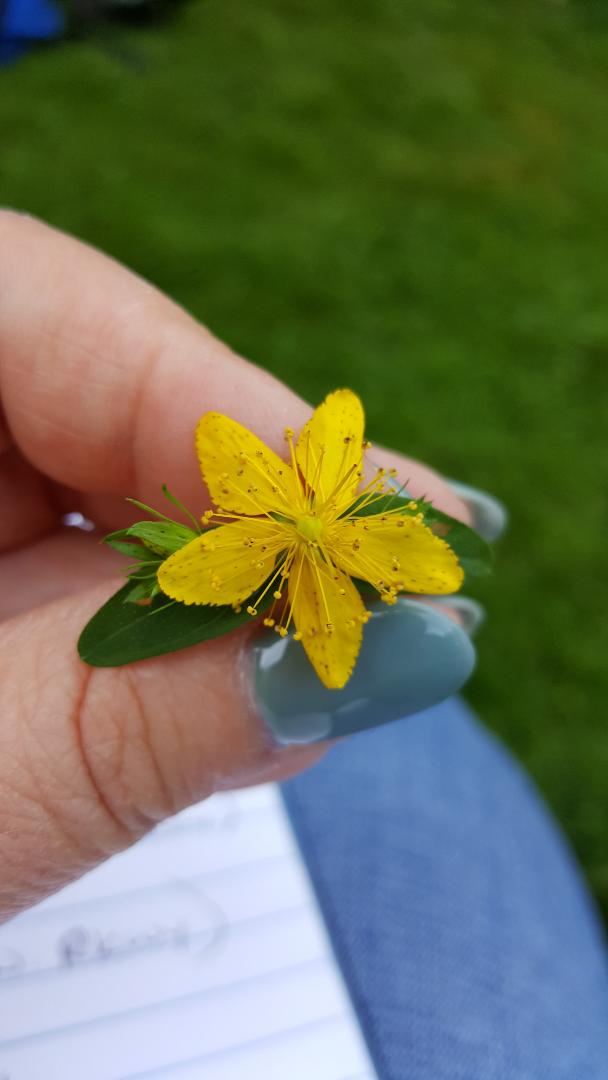Yarrow
Yarrow is one of the world’s oldest medicinal plants and has been used for centuries. It was found among other medicinal herbs in a Neanderthal burial site in Iraq, which dates from around 60,000 BC.
Throughout history, it has been used for treating wounds, hence its common names “soldiers’ woundwort” and “staunchweed”.
Achillea millefollum
The genus, Achillea, was named after the Greek hero, Achilles, who used plant extracts to treat soldiers’ wounds in the battle of Troy. Millefolium means “a thousand leaves”.
Wound Healing
The most common and well known use for yarrow is healing wounds. It also helps to control the bleeding of lacerations, puncture wounds, and abrasions.
Because of yarrow’s anti-inflammatory and antiseptic oils, astringent tannins and resins, it possesses excellent wound healing qualities. It also contains silica, which will help in repairing damaged tissue.
Achillea millefollum has antibacterial and antimicrobial so it will help in preventing any infection from setting in.
Make yarrow a staple in your first-aid kit. You never know when it will come in handy.
Digestion
Yarrow is considered a bitter, which makes it a great partner for digestion. This in turn helps the body absorb more nutrients. It also helps with poor appetite due to low digestive secretions and general inflammation that makes tissues not function well. It has a slight affinity for the gallbladder and liver.
This plant can also help if you get food poisoning, by getting the toxins out of your system.
Cardiovascular Friend
Yarrow has been used throughout history in relation to blood. It both activates blood platelets and breaks up coagulated blood. By thinning the blood, it moves congestion in the portal vein, the pancreas and the lungs.
It also stimulates the bone marrow and increases white blood cell production.
Achillea millefollum may also lower blood pressure by moving blood to the skin and easing the burden on the heart.
Yarrow is an astringent, and because of that, it is wonderful for varicose and spider veins. It astringent properties help tighten and tone the walls of the veins. This is the key ingredient in my ever popular varicose vein cream. Check out my blog post on varicose veins to learn more.
Toothaches
Place some crushed leaves up against the aching tooth and it will help relieve the pain.
Skin Irritations
Yarrow is used to protect the skin from excessive sun or wind. It can also help to clear up skin acne.
Diarrhea
The astringent properties make it a go-to herb when one is hit with diarrhea.
Urination
Because it is a diuretic, yarrow promotes urine production and flow, which helps let out excessive fluids and toxins through enhanced urination.
Fevers
The diaphoretic actions of yarrow can help move toxins out of the body through sweating, which helps the body to break fevers. By relaxing the skin, it will open the pores to allow copious sweating and the release of toxins.
Colds and Flu
Yarrow fights infection, helps with nausea, stimulates sweating, and lowers fever. Through thinning the blood and increasing circulation, it also helps congested people breath better. A classic cold and flu remedy is a combination of yarrow, peppermint and elderflower drunk hot.
Asthma
Yarrow has been used successfully to treat asthma attacks through thinning the blood and increasing blood flow in the lungs.
Nosebleeds
If you ever get a nosebleed, all you have to do is pick a few fresh leaves and rub them between your hands to bruise them, releasing the aromatic oil. Roll the leaves into a nasal plug, insert into the affected nostril and leave until the bleeding completely stops before gently removing the plug.
But beware – yarrow can also cause nosebleeds as well. It is one of those plants that can cause what it cures. Hence, one of its nicknames is “nosebleed”.
Menstrual Cycle
Yarrow contains sterols, which have actions similar to hormones, and aid in balancing the menstrual cycle. So it is applicable in both extremely heavy or very scanty (and absent) menstruation. It may also be used externally as a sitz bath for painful cramping during menstruation.
Beer Making
In Sweden, they sometimes use yarrow in place of hops when brewing beer. It is said to be more intoxicating that way.
Garden Friend
Yarrow has many uses in the garden. It’s small, delicate flowers are wonderful for bringing in bees and butterflies.
Yarrow is a great companion plant. It’s root secretions strengthen and protect nearby plants and help them become more disease resistant.
The roots of the yarrow plant bind loose soil together, thus helping prevent erosion.
Every garden should contain at least a clump of yarrow to help maintain a healthy ecosystem.
Spouse Selector
Many of the superstitions and incantations that involve Yarrow are focused on finding one’s partner. Many traditions suggest that the seeker, mainly young girls, would sew an ounce of Yarrow in a piece of their clothing or place it under their pillow before going to sleep.
“Good morrow, good morrow,
To thee, braw yarrow,
And thrice good morrow to thee;
I pray thee tell me today or tomorrow
Who is my true love to be.”
Spiritual and Protective
Yarrow is viewed by some as having a protective quality from “bad vibes” or that feeling of “everyone is against me”.
By using it as a flower essence or having the actual plant, it can help protect one from the negative outside influences one may have.
I wildcraft my yarrow in central Minnesota and make tinctures. They are available for purchase HERE.
Resources
https://wildfoodsandmedicines.com
All photos are the property of theHERBAL Cache, unless otherwise noted.
